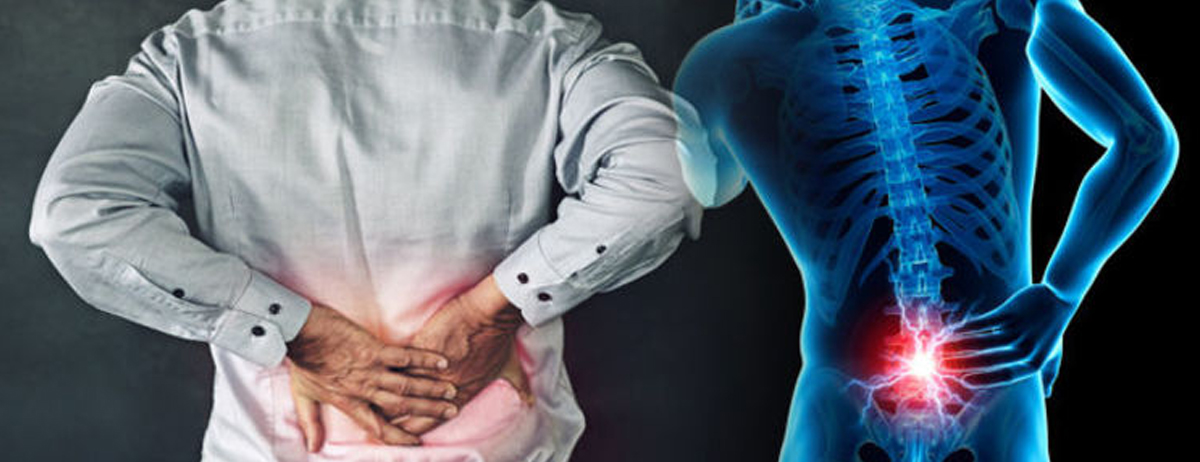Recently treated Mr Tushar , 38 yrs IT Employee, who has balanced diet, does exercises regularly, drives himself to office, developed a Back pain, which progressed to Leg pain and weakness. Symptom increased to a extent that turning in Bed , getting up or bending was so painful. He was suffering from disc prolapse…
We all experience a low back pain some or other time
Lower back pain is a common struggle that touches people from all walks of life, regardless of age. It’s
estimated that up to 80% of adults will experience lower back pain at some point in their lives. As an
orthopedic specialist, I understand the complexity and the many contributing factors that can lead to this
discomfort. This article will delve into the common reasons for lower back pain, offering insights into
prevention, diagnosis, and treatment.
Muscle or Ligament Strain
One of the most prevalent causes of lower back pain is a strain in the muscles, Disc or ligaments. This can
result from:
● Heavy Lifting: Lifting objects that are too heavy or lifting improperly can strain the muscles.
● Sudden Movements: Abrupt or awkward movements.
● Chronic Poor Posture: Sitting or standing improperly over a prolonged period weakens the
muscles.
- Herniated or Bulging Discs
- The spine is composed of vertebrae and discs that cushion them. A herniated or bulging disc can press on
- a nerve, causing pain.
- Age-Related Wear and Tear: As we age, discs lose their flexibility, increasing the risk of
herniation.
- Obesity: Extra weight puts additional pressure on the discs, leading to potential herniation.
- Arthritis
- Different types of arthritis, such as osteoarthritis, Ankylosing Spondylitis can affect the lower back, leading to stiffness and pain.
- ● Inflammatory Process: Inflammation in the joints of the spine can cause discomfort.
- ● Degenerative Changes: Wear and tear over time can lead to arthritic changes in the spine.
- Skeletal Irregularities
Scoliosis or other skeletal deformities can lead to an uneven distribution of weight, causing chronic lower
back pain.
- Underlying Medical Conditions
- Conditions such as kidney stones, endometriosis, or infections can mimic lower back pain, requiring
- proper medical evaluation and treatment.
- Prevention and Treatment
While understanding the causes is essential, it’s equally crucial to know the ways to prevent and treat
lower back pain:
● Regular Exercise: Engaging in activities that strengthen the back and abdominal muscles.
● Proper Lifting Techniques: Using the legs instead of the back to lift heavy objects.
● Ergonomic Workspaces: Ensuring that your workspace supports proper posture.
● Medical Intervention: If pain persists, consulting with an orthopedic specialist for evaluation, physical therapy, or other treatments may be necessary.
Conclusion
Lower back pain is a complex issue with various underlying causes. From muscle strains to underlying medical conditions, the reasons are multifaceted and often interconnected. Awareness of these common causes and implementing preventative measures can significantly reduce the risk of developing lower
back pain. For persistent pain, seeking professional medical guidance from an orthopedic specialist is essential to ensure proper diagnosis and treatment.
If you or a loved one are struggling with lower back pain, don’t hesitate to reach out to our experienced team. With personalized care, we aim to restore comfort and improve your overall well-being


